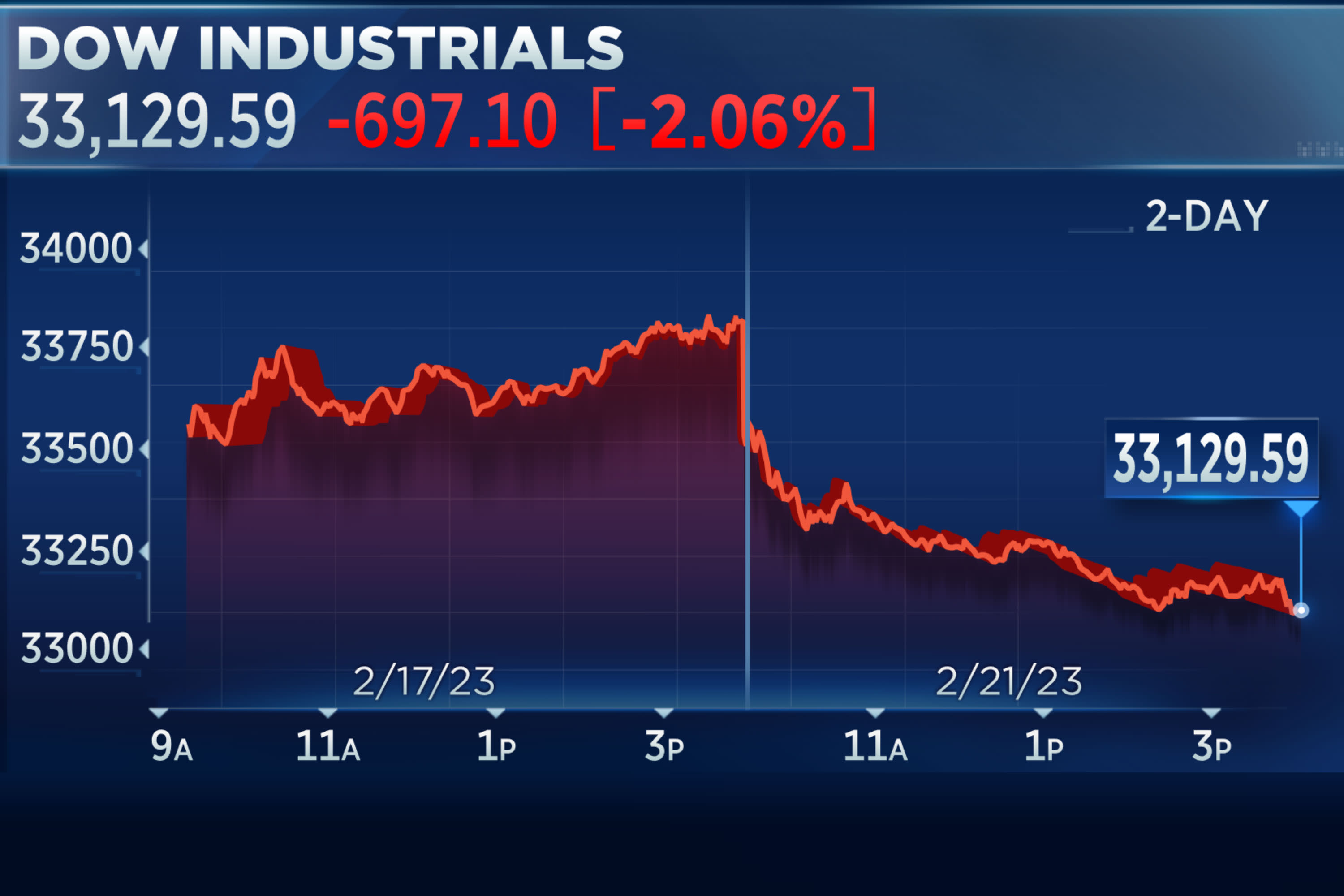Timeline Tales
Exploring the stories that shape our world, one timeline at a time.
When Stocks Go Wild: How to Tame Your Portfolio
Tame the chaos of wild stocks! Discover expert tips to stabilize your portfolio and boost your investment success today.
Understanding Market Volatility: Strategies to Protect Your Investments
Market volatility refers to the fluctuations in the prices of financial instruments over time. Understanding this phenomenon is essential for investors aiming to mitigate risks and enhance returns. When faced with sudden market changes, it becomes crucial to recognize the different factors that contribute to volatility, such as economic indicators, geopolitical events, and changes in market sentiment. A strong grasp of these elements allows investors to strategize effectively and protect their assets from unpredictable downturns.
To safeguard investments during periods of increased volatility, investors can implement several strategies. One approach is to diversify their portfolios across various asset classes, including stocks, bonds, and real estate. This helps to spread risk and reduces the impact of a downturn in any single area. Another effective method is to establish a rebalancing plan, which involves adjusting the portfolio periodically to maintain desired risk levels. Additionally, employing stop-loss orders can be a valuable tool, allowing investors to limit losses by selling assets automatically at predetermined prices.

What to Do When Stock Prices Swing: A Guide to Staying Calm
When stock prices swing, it can evoke a wide range of emotions, from anxiety to excitement. The first step in staying calm is to assess the situation. Is this a natural fluctuation influenced by market trends, or is there a specific event causing the volatility? Understanding the context can help you make informed decisions rather than relying on panic. To keep your composure, consider creating a plan for such occurrences, which may include setting predefined thresholds for buying or selling stocks.
In addition to having a strategy, maintaining a long-term perspective is essential when dealing with market fluctuations. Remember that investing in stocks is typically a marathon, not a sprint. It can be helpful to keep a checklist of reminders to guide your reactions during market swings, such as:
- Review your portfolio regularly but avoid impulsive changes.
- Stay informed about market conditions without becoming overwhelmed by news.
- Consult with a financial advisor if you're unsure about your next steps.
By focusing on your long-term goals and preparing for inevitable ups and downs, you can navigate the challenge of volatile stock prices with greater ease.
How to Rebalance Your Portfolio in Unpredictable Markets
In today's unpredictable markets, rebalancing your portfolio is crucial to maintaining your investment strategy and managing risk. Start by assessing your current asset allocation to identify any significant deviations from your target mix. This involves comparing the current percentages of stocks, bonds, and alternative investments in your portfolio to your original or desired allocation. Once you've identified any discrepancies, it’s essential to determine whether these shifts are due to market fluctuations or changes in your personal financial situation.
To effectively rebalance your portfolio, consider the following steps:
- Set a Rebalancing Schedule: Decide whether you’ll rebalance quarterly, semi-annually, or annually.
- Assess Performance: Review the performance of your assets and their impact on your overall strategy.
- Utilize New Investments: When rebalancing, you can use new contributions to purchase underperforming assets rather than selling investments to buy others.
- Stay Informed: Regularly update your investment knowledge to adapt to market changes.
By maintaining a disciplined approach to rebalancing, you can safeguard your portfolio against the unpredictabilities of the market while aligning with your long-term financial goals.